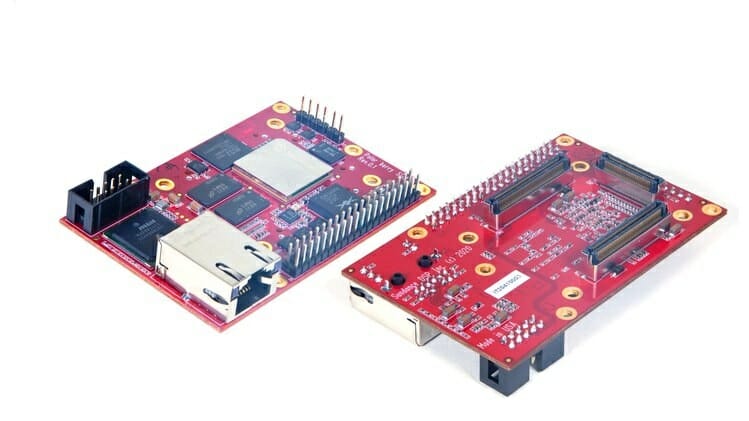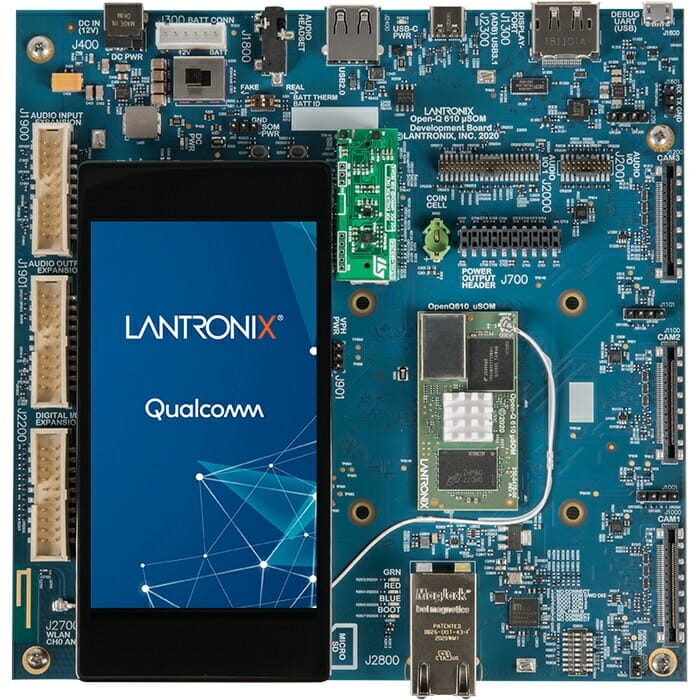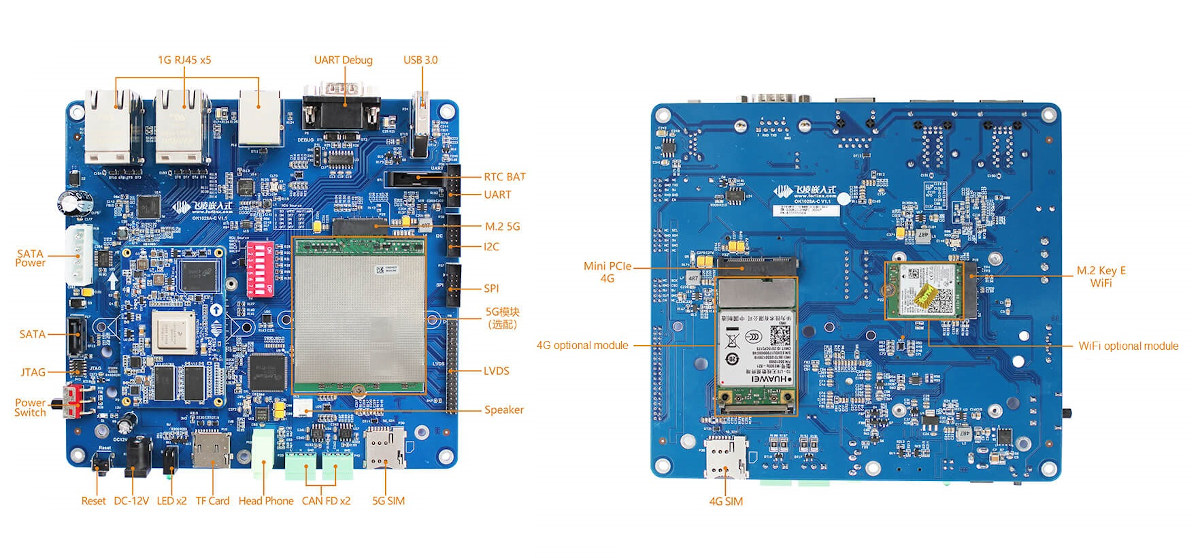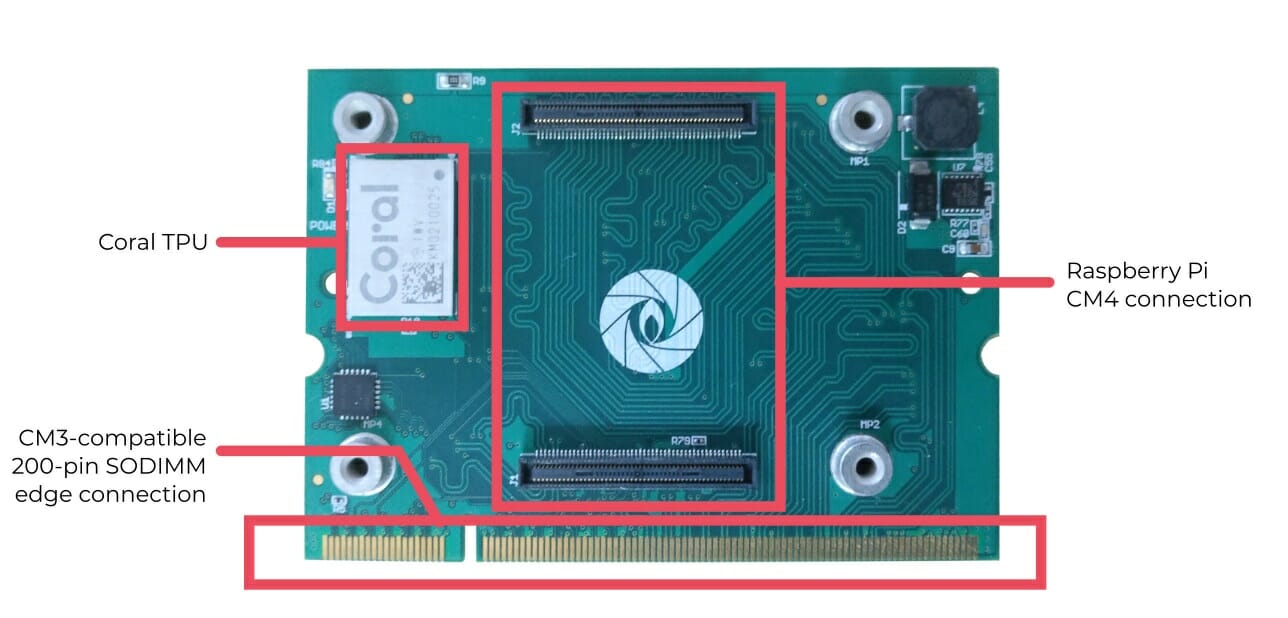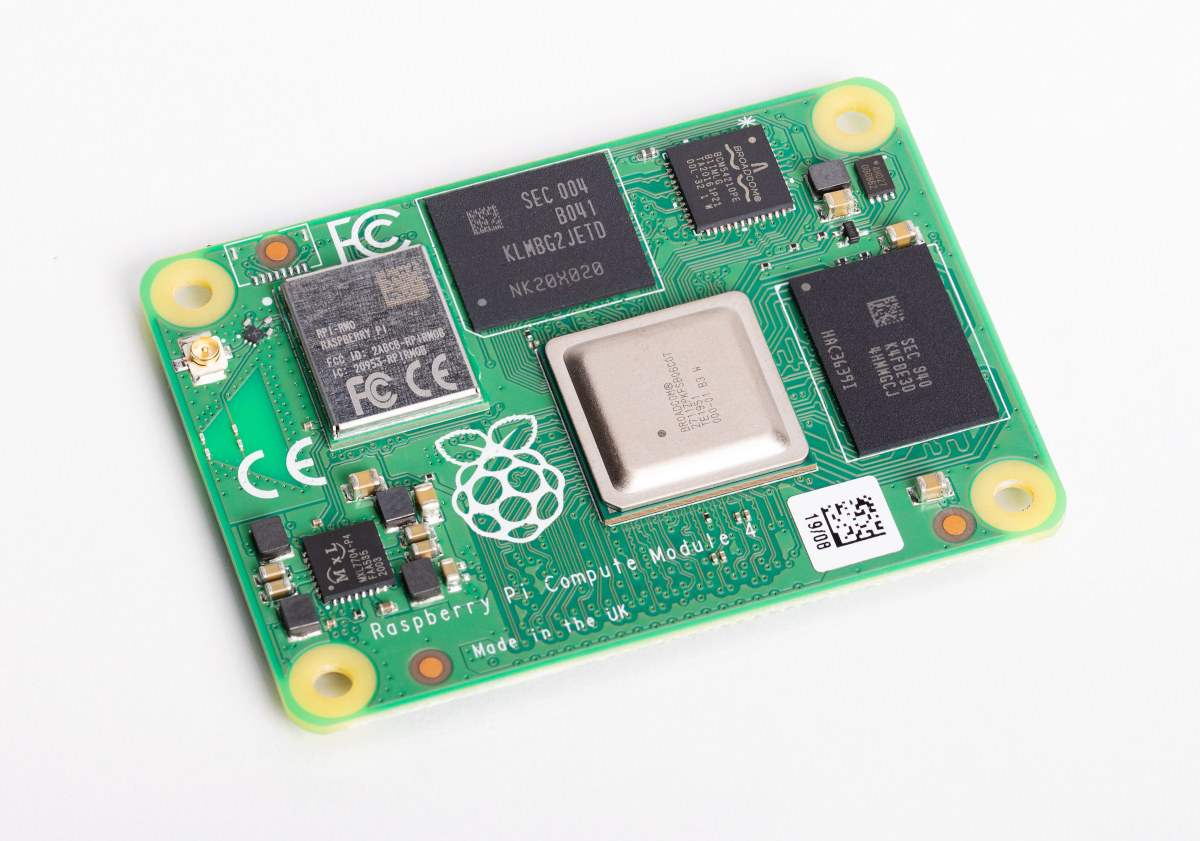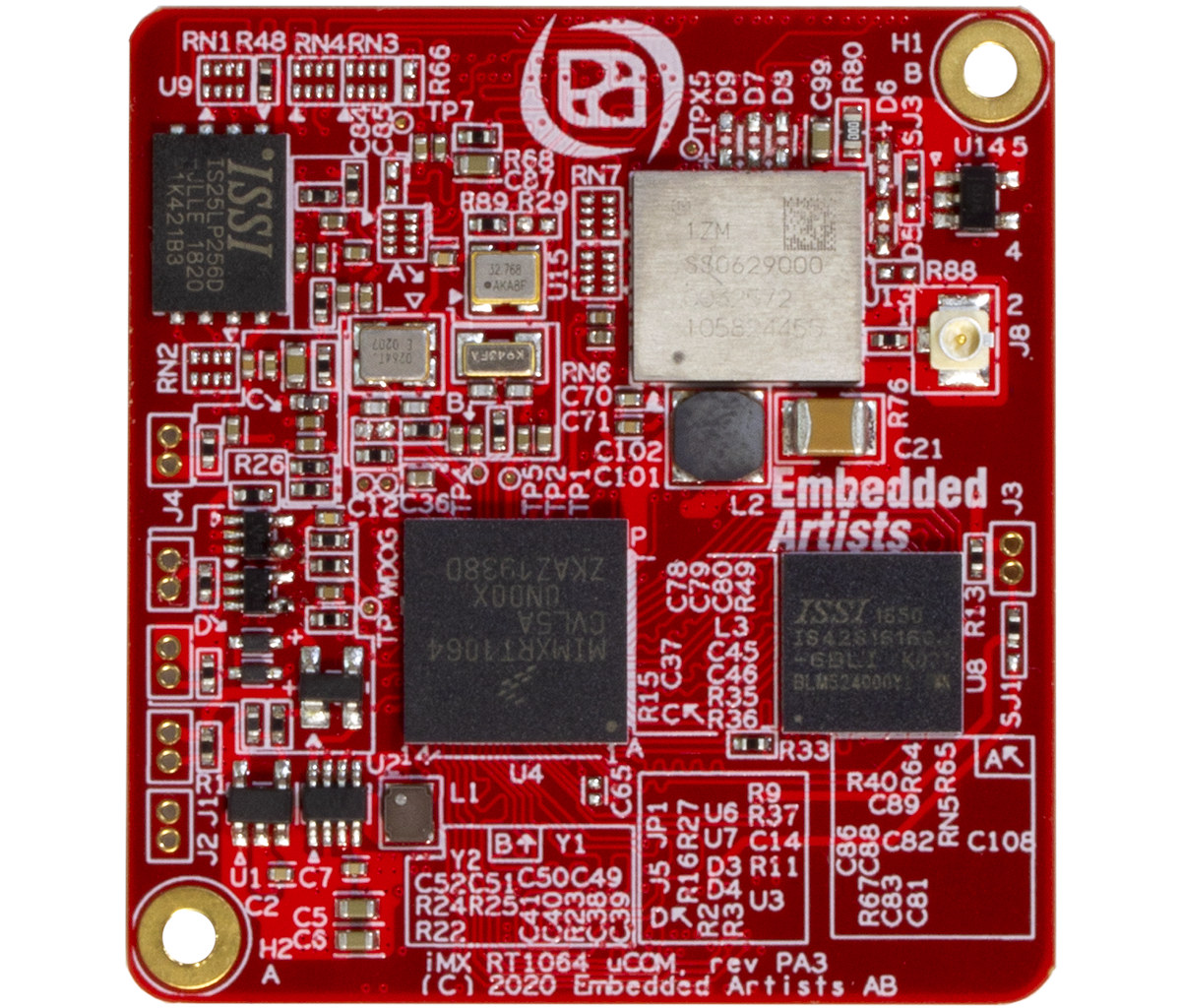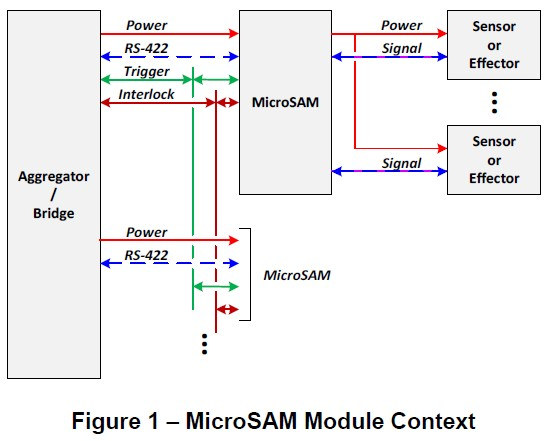Embedded systems companies tend to use processors from established firms like NXP Semiconductors or Texas Instruments, we’ve seen few systems-on-module based on processors from Amlogic, Rockchip, or Allwinner which are popular on this blog due to their value proposition. One of the reasons was/is software support, but this has improved over the years, and the other is the lack of wide temperature range parts plus potential concerns about long term supplies. I’m not aware of any industrial/extended temperature range part from Amlogic, but Allwinner provides A40i/A60i industrial temperature range processors, and Rockchip RK3399K supports an extended commercial temperature range between -20 to +85°C. Kontron selected the latter for their first-ever Rockchip powered system-on-module: the SMARC-fA3399 SMARC 2.1 module. SMARC-fA3399 SoM specifications: SoC – Rockchip RK3399K hexa-core processor with two Cortex A72 cores @ 1.8/2.0 GHz (wide temp vs commercial temp), four Cortex-A53 cores @ 1.4/1.6 GHz, Arm Mali-T860MP4 GPU System […]
PolarBerry is a Compact, Linux-capable RISC-V FPGA SBC and module (Crowdfunding)
SiFive may just have announced a mini-ITX motherboard for RISC-V PCs, but if you’d like a RISC-V Linux platform in a more compact form factor, Sundance PolarBerry may better fit your requirements, albeit the board will target different use cases. Powered by Microchip PolarFire RISC-V SoC FPGA, PolarBerry is both a single board computer with Gigabit Ethernet and 40-pin GPIO header, as well as a system-on-module thanks to three Samtec board-to-board connectors. PolarBerry specifications: SoC – Microsemi PolarFire FPGA MPFS250T-FCVG484 penta-core processor with 1x RV64IMAC monitor core, 4x RV64GC application cores, FPGA fabric with 254K x logic elements (4LUT + DFF), 784 x math blocks (18 x 18 MACC), and 16 x SERDES lanes at 12.5 Gbps; 12 W maximum power consumption System Memory – 4 GB of 32-bit wide DDR4 memory Storage – 4GB eMMC flash, 128 Mbit SPI Serial NOR flash for boot image Networking – Gigabit Ethernet […]
Qualcomm QCS610 micro SoM and devkit to power AI and ML smart cameras
Last July, we missed Qualcomm’s announcement of QCS410 and QCS610 processors designed to bring “premium camera technology, including powerful artificial intelligence and machine learning features formerly only available to high-end devices, into mid-tier camera segments”. The new SoC’s were recently brought to our attention by Lantronix as they have just introduced a new Open-Q 610 micro system-on-module (μSOM) based on Qualcomm QCS610 processor, as well as a development kit designed to bring such smart cameras to market. I first got a bit confused by the product name, but this goes without saying that it is completely unrelated to Qualcomm Snapdragon 610 announced over six years ago. Open-Q 610 micro system-on-module Open-Q 610 specifications: SoC – Qualcomm QCS610 CPU – Octa-core processor with 2x Kryo 460 Gold cores @ 2.2 GHz (Cortex-A76 class), and 6x Kryo 430 Silver low-power cores @ 1.8GHz (Cortex-A55 class) GPU – Qualcomm Adreno 612 GPU @ […]
Forlinx OK1028A-C networking SBC supports LVDS displays, 4G/5G modules
Forlinx released two networking SBC’s with 10Gbps Ethernet powered by NXP LS1043A and LS1046A processor nearly exactly one year ago. Like many other networking SBCs they do not come with video output so configuration is done via a computer or laptop either through a UART interface or a web interface. But in some cases, such boards may be integrated into machines that require a display for human-machine interaction. That’s why Forlinx has now released a new networking board – OK1028A-C – powered by NXP QorIQ Layerscape LS1028A dual-core Cortex-A72 processor that natively supports video output up to 4K UHD resolution via an eDP/DisplayPort interface which the company used to provide an LVDS header. The board also offers 5 Gigabit Ethernet ports, as well as optional WiFi, Bluetooth, and 4G or 5G cellular connectivity via M.2 and mPCIe modules. Forlinx OK1028A-C specifications: FET1028A-C system-on-module SoC – NXP LS1028A dual-core Cortex-A72 processor […]
Gumstix Introduces CM4 to CM3 Adapter, Carrier Boards for Raspberry Pi Compute Module 4
Raspberry Pi Trading has just launched 32 different models of Raspberry Pi CM4 and CM4Lite systems-on-module, as well as the “IO board” carrier board. But the company has also worked with third-parties, and Gumstix, an Altium company, has unveiled four different carrier boards for the Raspberry Pi Compute Module 4, as well as a convenient CM4 to CM3 adapter board that enables the use of Raspberry Pi CM4 on all/most carrier boards for the Compute Module 3/3+. Raspberry Pi CM4 Uprev & UprevAI CM3 adapter board Gumstix Raspberry Pi CM4 Uprev follows the Raspberry Pi Compute Module 3 form factor but includes two Hirose connectors for Computer Module 4. The signals are simply routed from the Hirose connectors to the 200-pin SODIMM edge connector used with CM3. Gumstix Raspberry Pi CM4 Uprev is the same except it adds a Google Coral accelerator module. Gumstix Raspberry Pi CM4 Development Board Specifications: […]
Raspberry Pi CM4 and CM4Lite Modules Launched for $25 and Up
We were expecting Raspberry Pi Compute Module 4 sometimes next year, but Raspberry Pi Trading Limited managed to launch the new module much earlier, as Raspberry Pi CM4 and CM4Lite modules have just been launched with a new, much more compact form factor incompatible with the earlier Compute Modules, an I/O board making use of the new features, and a choice of 32 models with variations in terms of memory and storage capacity, as well as the presence or lack thereof of a WiFi and Bluetooth wireless module. Raspberry Pi CM4 & CM4Lite Specifications: SoC – Broadcom BCM2711 quad-core Cortex-A72 processor @ 1.5 GHz with VideoCore VI GPU System Memory – 1, 2, 4, or 8GB LPDDR4-3200 SDRAM Storage – CM4: 4, 8, 16, or 32GB eMMC flash up to 100MB/s; CM4Lite: No storage device on module Networking Gigabit Ethernet transceiver Optional Wireless module with 802.11b/g/n/ac WiFi 5 and Bluetooth […]
Embedded Artists Unveils iMX RT1064 uCOM with WiFi 5 & Bluetooth 5.1 Module
Embedded Artists have recently introduced iMX RT1064 uCOM system-on-module powered by NXP i.MX RT1064 Cortex-M7 crossover MCU clocked at 600 MHz with 1MB SRAM and 4GB flash on-chip, as well as 32MB SDRAM, and equipped with an optional WiFI 5 and Bluetooth 5.1 module from Murata. iMX RT1064 uCOM technical specifications: SoC – NXP i.MX RT1064 Arm Cortex-M7 @ up to 600 MHz with 1MB SRAM, 4MB on-chip QSPI flash, 2D graphics acceleration engine System Memory – 32 MB SDRAM Storage – Optional additional 4GB to 32GB eMMC flash and/or SQPI flash Wireless – Optional Murata Type 1ZM dual-band 802.11b/g/n/ac WiFi 5 and Bluetooth 5.1 module based on NXP 88W8987 2x DF40C-100 board-to-board connectors: Storage – 2x USDHC Display I/F – 24-bit parallel RGB up to 1366 x 768 pixels Camera – Parallel CSI Audio – 3x SAI, SPDIF Connectivity – 10/100M Ethernet (requires PHY on carrier board) USB – […]
MicroSAM System-on-Module Standard Targets Microcontrollers, IIoT Sensors
There are plenty of system-on-module standards, but those mostly target application processors such as Intel/AMD x86 processors or Arm Cortex-A based SoCs. PICMG has now added a new IIoT-related open standard with MicroSAM specifying a 32x32mm module for microcontrollers and industrial IoT sensor nodes. MicroSAM standard highlights: Reliable RS422 industrial-grade communications PWM output for motion control applications Direct connectivity to a variety of sensor types (analog voltage, analog current, digital) Low power consumption Power filtering and signal conditioning for embedded installations Dimensions – 32mm x 32mm Latching connectors for secure connectivity Full industrial operating temperature range from -40°C to +85°C One of the advantages often cited for traditional SoMs is that customers don’t have to take care of the complex layout around the processor and RAM, and can simply create a 2-layer baseboard to insert the 6-layer SoM into it. This lowers the development costs and time-to-market. But it’s not […]



